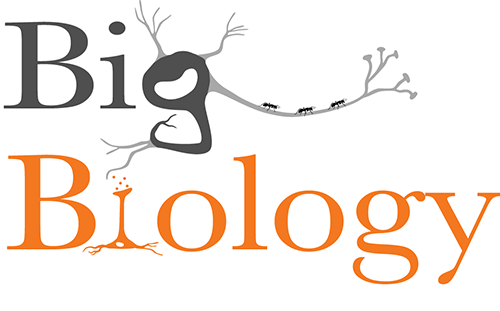

Files
Loading...
Interviewer(s)
Art Woods, Marty Martin
Interviewee(s)
Michael Sharkey
Description
How do biologists categorize species? What’s the best and quickest way to describe millions of unknown species?
On this episode, we talk with Michael Sharkey, an entomologist and taxonomist who spent much of his career at the University of Kentucky, and is now the director of the Hymenoptera Institute. Since its inception, taxonomy has relied on careful morphological analysis of specimens to delineate species. In the past few decades, the COI “barcode” region of the mitochondrial genome has become a key additional piece of genetic evidence used to characterize species. In a much-discussed 2021 paper, Michael and colleagues used barcoding to identify over 400 new species of braconid wasps. The backlash from scientists who adhere to traditional taxonomic methods was swift, and at times harsh, with critics claiming that relying primarily on COI to define species is simply unacceptable. Sharkey, however, remains convinced that taxonomy should embrace molecular tools, especially because millions of species are yet to be discovered and rates of extinction are ramping up. We talk with Michael about how many insect species there are, how barcoding can make taxonomy accessible to more scientists, and what the future of taxonomy might look like.
Cover photo: Keating Shahmehri
Date Published
11-16-2023
Language
eng
Run Time
59 minutes, 38 seconds
Digital File Format
audio/mp3
Document Type
Podcast
Recommended Citation
Woods, Art and Martin, Marty, "Episode 110: Tempest in a barcode: how rapidly can we (and should we) identify new species? (with Michael Sharkey)" (2023). BigBiology Podcasts. 113.
https://scholarworks.umt.edu/bigbiology_podcasts/113
